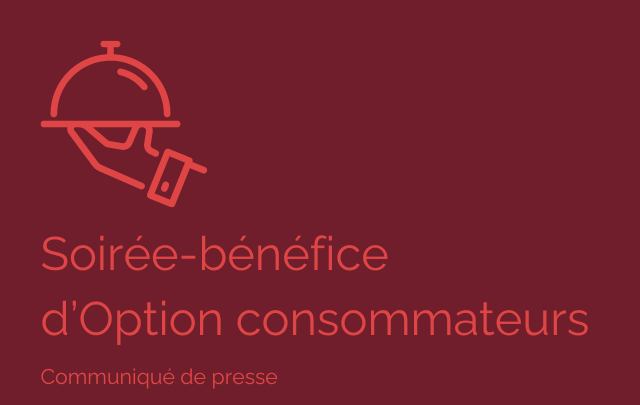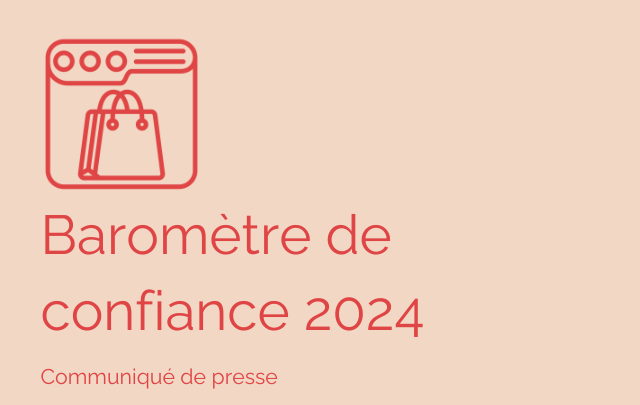

Programmed, planned or observed, product obsolescence can drain consumers' wallets and generate mountains of waste. How can we curb this trend and contribute to the well-being of an overheated planet? Find out and get some advice.
The many faces of obsolescence
Amélie Côté is a source reduction analyst at Équiterre. She immediately distinguishes three types of obsolescence: economic, technological and psychological.
"Economic obsolescence involves the product's quality-price ratio. For example, a new item sold for less than its repair price." The result? Consumers buy back, then get rid of the old merchandise.
Technological obsolescence is "linked to improvements in product characteristics". Think of software updates, which suddenly slow down computers and telephones. Or the inability to repair or replace batteries in certain electronic devices.
As for the psychological dimension, it is "influenced by a fashion effect. Many consumers perceive a need for change". However, renewing one's wardrobe "to keep up with the latest trends" or updating one's kitchen "to suit the latest tastes" has a real budgetary and environmental impact.
Does programmed obsolescence exist? "It's more difficult to prove," answers the specialist. One thing is certain, programmed or not, the poor quality of certain parts or components sold at very low prices accelerates obsolescence." In 2018, Équiterre unveiled a study entitled Obsolescence of household appliances and electronics What role for the consumer ? In it, customers and companies find recommendations for improving their practices.
The circular economy: a shift away from obsolescence
"The traditional model of the linear economy steals an enormous amount of resources," points out Émilie Chiasson. The communications consultant works at the Centre d'études et de recherches intersectorielles en économie circulaire (CERIEC).
While the linear economy emphasizes a cycle of extraction, transformation, transportation, distribution, consumption and disposal, the circular economy applies approaches aimed at conserving resources. Once the product is in hand, the consumer should develop reflexes "to preserve, repair, share, revalue, recycle or compost the resource", explains Émilie Chiasson. The Québec Circulaire platform proposes 12 strategies and a series of concrete actions in eco-design, responsible sourcing, optimization, collaborative economy, rental, maintenance, repair, donation, resale, reconditioning, recycling and composting.Unveiled in 2021 on the initiative of Circle Economy and RECYC-QUÉBEC, The Economy Circularity Index indicates that the Quebec economy is only 3.5% circular. The global average is 8.6%. While Norway is at 2.4%, the Netherlands is at 24.5%, aiming for 50% in eight years' time and 100% in 2050.
Tips for taking action
"From a strictly economic point of view, it's in consumers' best interests to ensure the lifespan of their appliances in order to reduce their debts," observes Hélène Gervais, Industrial Development Officer at RECYC-QUÉBEC.https://ocmagazine.org/wp-content/uploads/2022/04/helene-gervais-recyc-quebec.jpgEn 2021, the government corporation published the second edition of its study Portrait des comportements et des attitudes des citoyens québécois à l'égard des 3RV (reduce, reuse, recycle). The good news is that most households are seeking to counter the effects of obsolescence.
RECYC-QUÉBEC's Hélène Gervais' advice for taking action:
- look for products to repair;
- give them away or sell them to friends and family or online;
- buy second-hand items or appliances;
- select reusable products;
- rent rather than buy, especially tools;
- make sure you have access to spare parts;
- take a look at the warranties offered;
- buy local, it's easier to replace or apply the warranty;
- keep maintenance (vacuum cleaner, toaster and other appliances) to a minimum;
- visit websites with video tutorials;
- subscribe to the Touski s'répare Facebook page, a toolbox of 52,000 members ;
- before buying a new gadget, ask yourself if it's necessary;
- send your end-of-life products to ecocentres or recycling centers.
Hélène Gervais recommends finding online collective spaces where you can borrow tools, or self-repair facilities. Sometimes, friendly volunteers offer their help. "It's both social and very rewarding," she says.
One thing is certain: when it comes to obsolescence, today's choices will have a significant influence on tomorrow's society.




